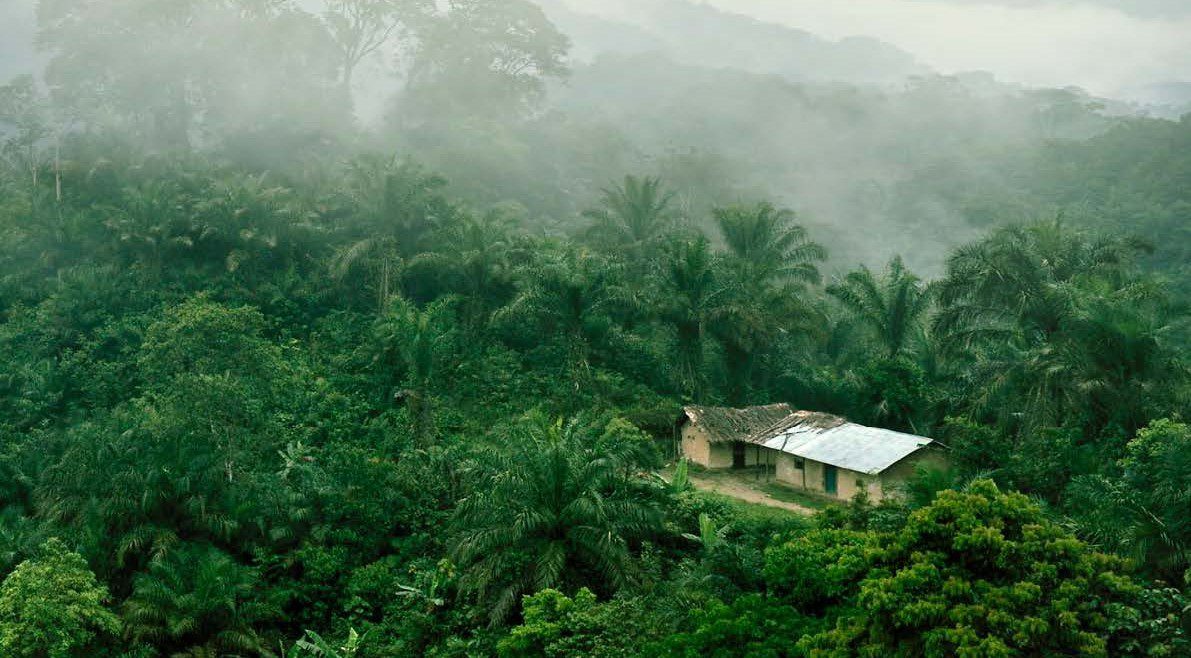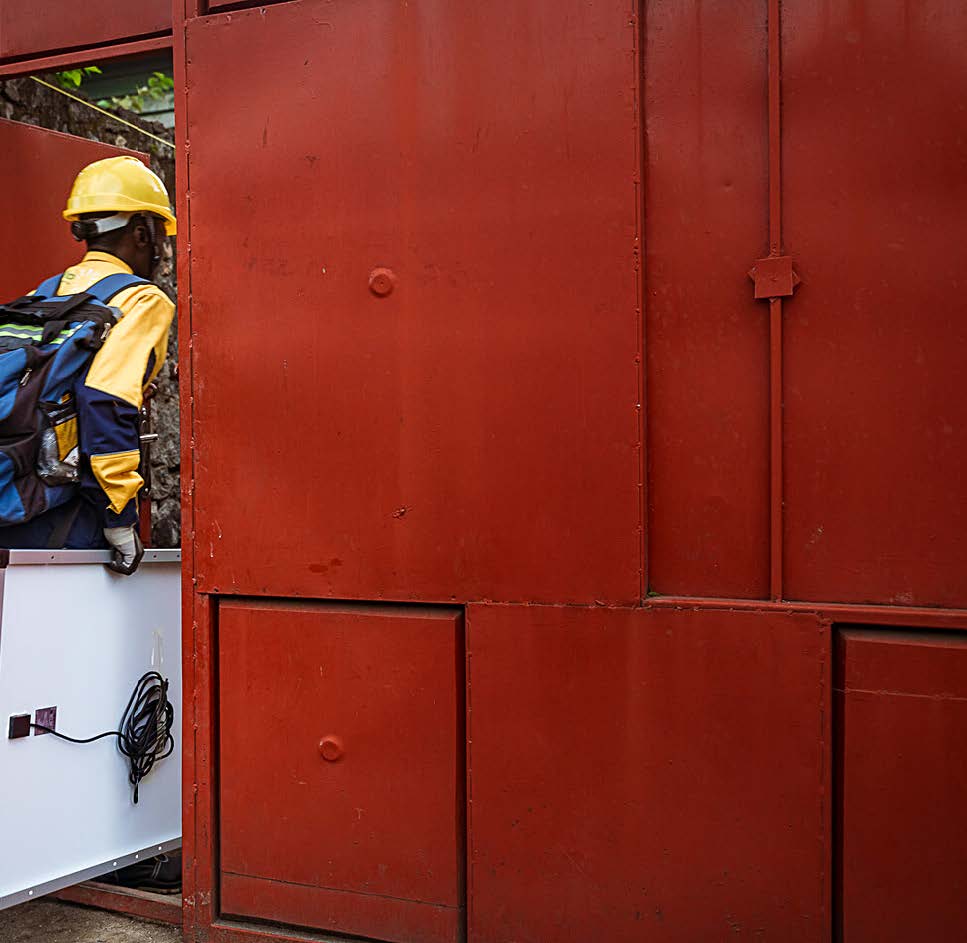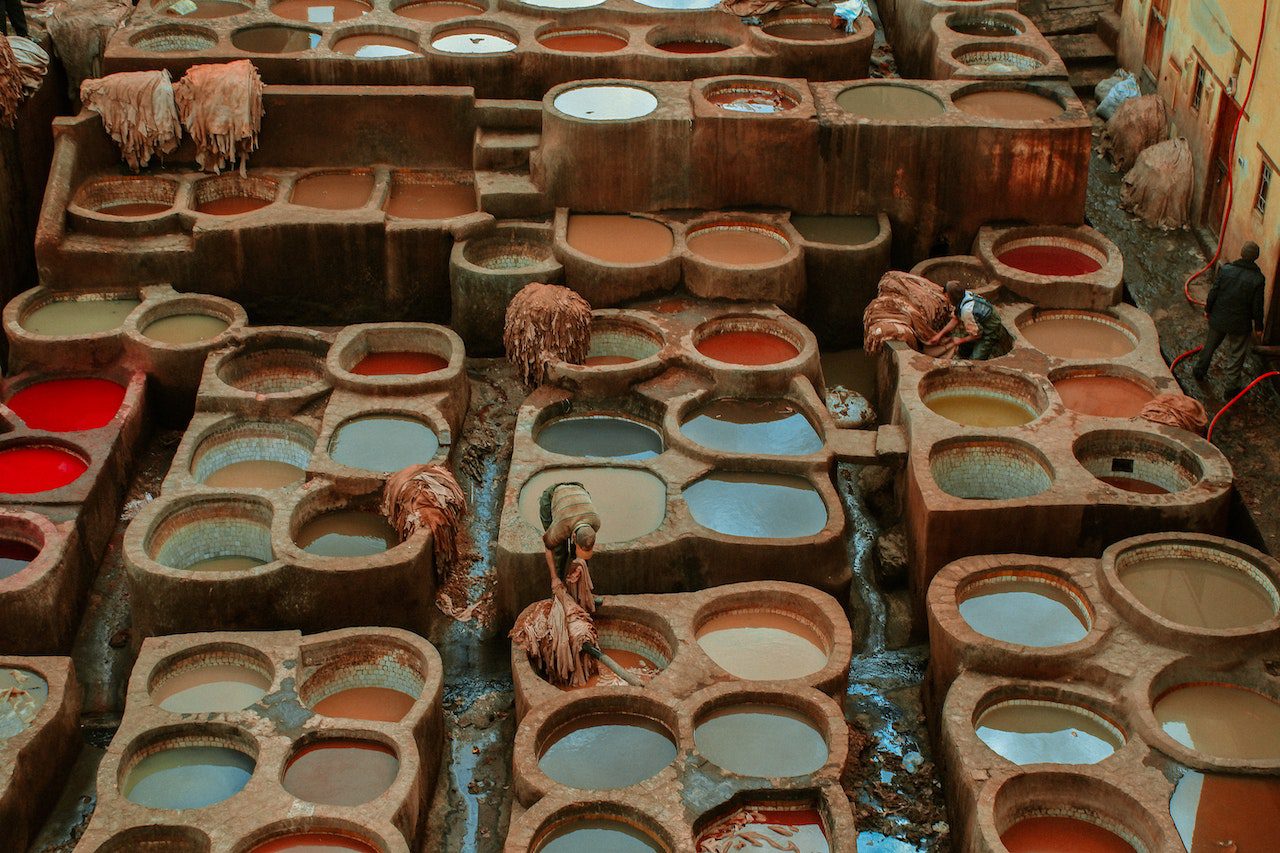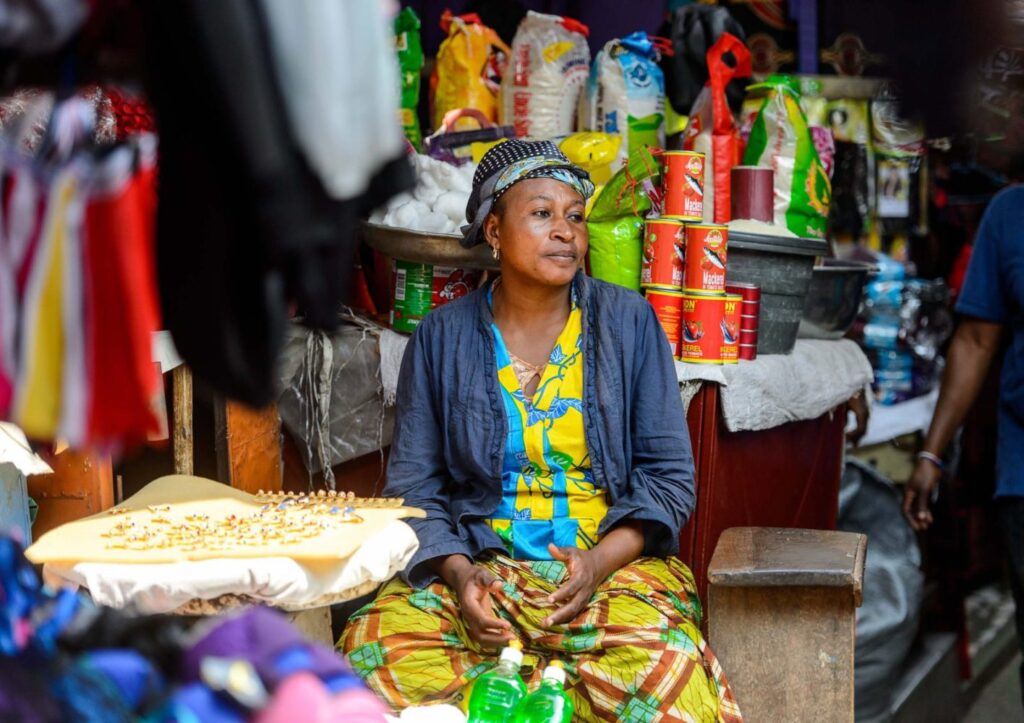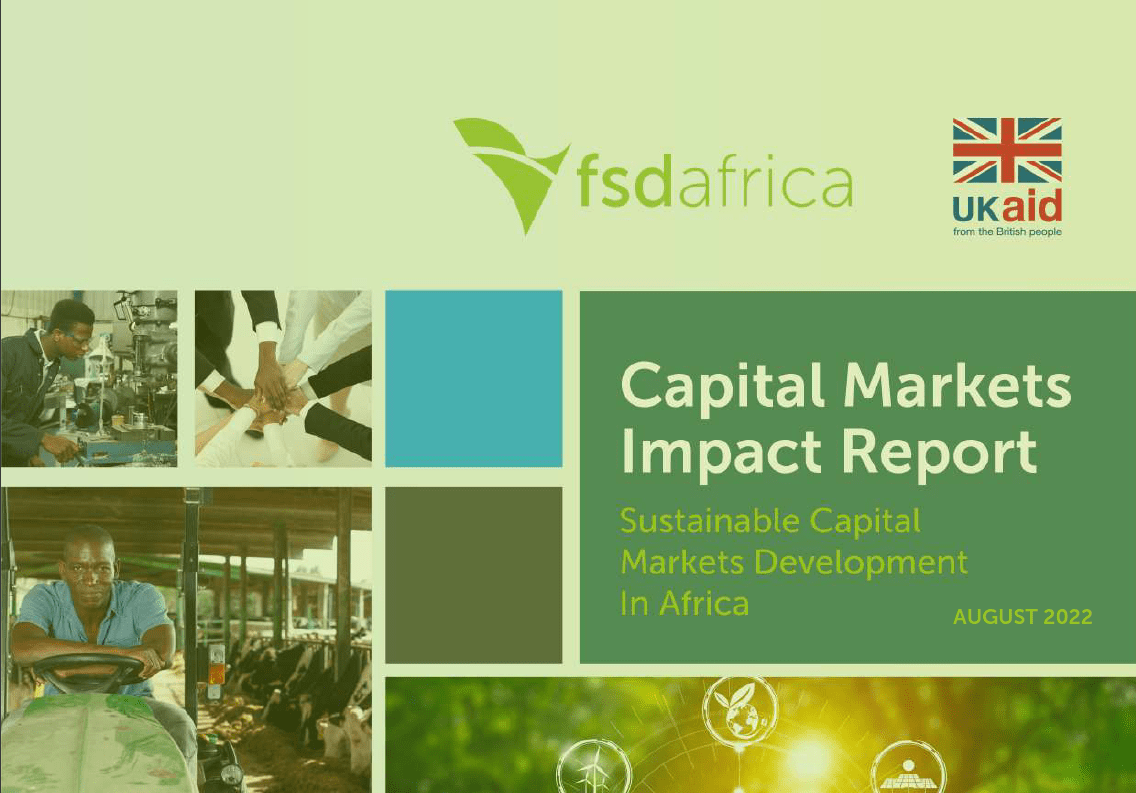Africa stands at a crossroads: the continent has just exited a recession following the COVID-19 pandemic, but the recovery is fragile. Beyond the health dimensions of the COVID-19 crisis, the pandemic caused an estimated 6.1% fall in per capita incomes in 2020 – setting living standards back by a decade in a quarter of sub-Saharan Africa.
The IMF estimates that employment fell by about 8.5%, and more than 32 million people were thrown into extreme poverty in 2020, erasing at least five years of progress in poverty eradication.
Economic recovery will face headwinds primarily due to limited fiscal space for countercyclical support, a temporary collapse in private capital inflows from overseas, and the rumbling African government debt crisis, which continues to play out unevenly across much of the continent. In addition, there has been a significant shift in the pricing of African Eurobonds, with some countries effectively shut out from the international debt markets due to increased risk-aversion.
Meanwhile, on the heels of the pandemic, the unprovoked Russian invasion of Ukraine in February 2022 has brought turmoil to the global markets and increased inflationary pressures. As the manifold effects of the conflict reverberate globally, a key risk factor to monitor for African economies will be the impact of sharply rising global costs for food staples and critical agricultural inputs such as fertilizer. Ukraine is the world’s largest exporter of wheat and wheat prices have risen more than 80% in Q1 2022 compared to their 2017-21 average, creating acute challenges especially for those African countries running both food and balance of payments deficits. At the same time, the war in Ukraine brings into focus the strategic importance of African markets for global economic stability: to take just one example, new Liquid Natural Gas (LNG) export mega-projects under development across the continent – from Senegal and Mauritania to Mozambique and Tanzania – hold the potential to help reduce global energy dependency on Russia.
Looking beyond the near-term geopolitical uncertainty, many African countries are also faced with the twin challenge of climate change and biodiversity loss, which threaten to erode recent and future developmental gains across the continent. The sixth assessment report by the Intergovernmental Panel on Climate Change (IPCC) indicates that Africa is a natural capitalreliant continent and remains one of the most vulnerable to climate change. The IPCC report forecasts that extreme weather conditions will persist in Africa, increasing the risks of droughts and flooding, especially in coastal and low-lying areas.
Furthermore, Africa faces significant transition risks to a net zero carbon world. Unless they are proactively managed, the legal, policy and technological changes involved in the transition could leave an array of stranded assets on the continent whilst rendering whole sectors uncompetitive.
But the moment of crisis also presents an opportunity to build back better. By efficiently channelling growing pools of domestic and international savings towards critical parts of the real and social economy, capital markets are a key enabler to achieve the United Nations Sustainable Development Goals (SDGs). Capital markets also play an important role in green finance by funding climate smart investments that support mitigation, adaptation and resilience to climate change and bio-diversity loss. Furthermore, local currency capital markets can reduce currency and refinancing risks, improving the financial sector’s resilience to external shocks and supporting more efficient intermediation of scarce domestic savings. Finally, deeper capital markets have a key role to play in mobilising and directing the patient investment needed to build Compact, Connected, Clean and Resilient cities, thereby unlocking the significant ‘urbanisation dividend’ available in a continent that is the fastest urbanising world-wide.
At FSD Africa, we believe the role of Africa’s capital markets has never been more critical. The mobilisation of domestic resources through stronger financial intermediaries and capital markets is already a key African Union priority, encoded into its ‘Agenda 2063: The Africa We Want’ strategy – the continental blueprint for transforming Africa into a global powerhouse of the future. Since 2015, from our headquarters in Kenya, our dedicated team of Capital Markets development professionals at FSD Africa has been driving capital markets innovation and development. As you will read in this briefing note, the team operates across the continent, leading over 50 initiatives in more than 30 countries. We work in close partnership with private sector leaders and governments on a range of flagship programmes – from product development in areas such as gender, green and carbon-linked sustainability bonds to regulatory support, policy development, new market infrastructure, engagement with institutional investors and institutional strengthening.
As part of FSD Africa’s new strategic approach, our Capital Markets team will now focus on five priority countries: Ethiopia, Ghana, Kenya, Morocco and Nigeria. We will also double-down on early successes, building green bonds markets in Ghana, Kenya, Nigeria, Morocco, and the Southern African Development Community (SADC) region. We are proud of our results to date, and of the strong relationships we continue to build with a broad array of decision-makers, innovators, and opinion formers in Africa’s capital markets ecosystem. We offer our partners a fresh way of working – underpinned by our agility, deep knowledge of the continent, ability to deliver world class support and willingness to take risks. We are also based in Africa – close to the partners we work alongside and uniquely positioned as a neutral and trusted convener in a fast-evolving marketplace. We hope you enjoy reading about our work. We are always looking for new opportunities to deliver: so, if you would like to learn more, please be in touch. The final section of this note introduces you to our Capital Markets team, and it would be great to hear from you.
At FSD Africa, we believe the role of Africa’s capital markets has never been more critical.
Yours sincerely
EVANS OSANO

